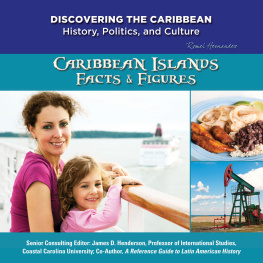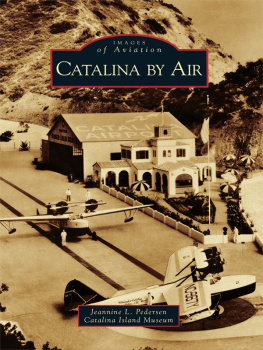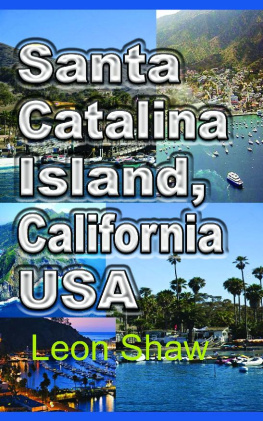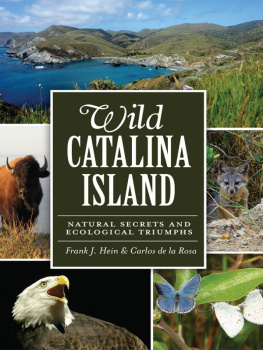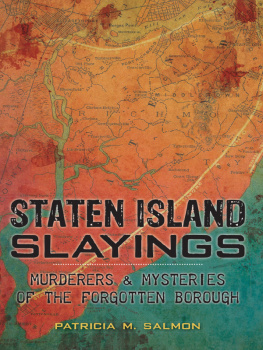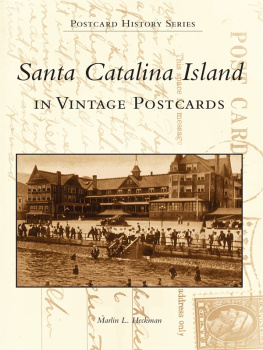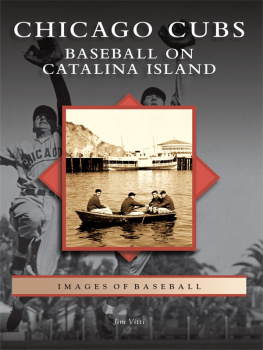

Published by The History Press
Charleston, SC 29403
www.historypress.net
Copyright 2014 by Patricia J. Maxwell, Bob Rhein and Jerry Roberts
All rights reserved
First published 2014
e-book edition 2014
ISBN 978.1.61423.978.9
Library of Congress Cataloging-in-Publication Data
Maxwell, Patricia J.
Catalina A to Z : a glossary guide to Californias island jewel / Patricia J. Maxwell, Bob Rhein and Jerry Roberts.
pages cm
Includes bibliographical references and index.
print edition ISBN 978-1-60949-774-3
1. Santa Catalina Island (Calif.)--History. I. Rhein, Bob, 1952- II. Roberts, Jerry, 1956- III. Title.
F868.L8M39 2014
979.493--dc23
2014016299
Notice: The information in this book is true and complete to the best of our knowledge. It is offered without guarantee on the part of the authors or The History Press. The authors and The History Press disclaim all liability in connection with the use of this book.
All rights reserved. No part of this book may be reproduced or transmitted in any form whatsoever without prior written permission from the publisher except in the case of brief quotations embodied in critical articles and reviews.
CONTENTS
ACKNOWLEDGEMENTS
Authors of previous publications on Catalina history deserve their share of thanks for paving the way for this book, including but not exclusive to Joe Belanger, Adelaide Le Mert Doran, Alma Overholt, William Sanford White and his writing partners and Jeannine Pedersen. Thanks go to the long memories of Chuck Wright, Natalie Hazard and, especially, community historian Chuck Liddell.
As historical resources have become more of a commodity in the twenty-first century, particularly in California, which continues an intensified investigation into its past, the generosity of people who donate archives and information for the betterment of history and not the bottom line is shrinking. Marvin Carlberg still believes that helping history is the right thing to do. We want to thank him for his solicitude toward the historical record and for his generosity in providing his extensive and rare postcard collection to this project.
We also thank Justin Peter for his excellent photographic skills and donation of time and energy to this project. The staff and management of the Avalon branch of the Los Angeles County Library also helped in directing searches, securing resources and copying documents.
At The History Press, the faith of Brittain Phillips and Adam Ferrell in this project and the guidance and patience of Will McKay and Jaime Muehl have been greatly appreciated.
INTRODUCTION
More smugglers, privateers and international flotsam and jetsam might have made Santa Catalina Island a home away from home through the centuries than we may ever know. Contraband was the islands currency in the nineteenth and portions of the twentieth centuries. Cheap labor from China was smuggled through Catalina to the mainland. Later, bootleggers and narcotics traffickers stashed their wares in the islands coves.
The island was traded, swindled, made in payment, picked up for a song and envisioned by many as a dream resort development. The entrepreneurial Banning and then Wrigley families developed the island into what it is today. Hollywood brought bison, yachts and real-life melodrama; Charlie Chaplin, Tom Mix, Errol Flynn, John Wayne, Marilyn Monroe and dozens of others lived their own Catalina escapades. Infamously, Natalie Wood drowned here.
Sport fishing began on Catalina. The first golf course west of the Mississippi River was built on the island. The SS Catalina, long the mainland connection for tourists, ended up carrying more people than any other ship in history. Aviation pioneer Glenn Martin made the worlds first over-water flight to Catalina from Newport Bay.
General George S. Patton Jr. spent his boyhood summers on Catalina. Western novelist and avid fisherman Zane Grey lived on the island. Wrigleys Chicago Cubs spent the spring training months on Catalina for three decades. Unorthodox naturalist Blanche Trask collected plants here.
Today, the largest for-profit companies on the island are the Santa Catalina Island Company and Southern California Edison, each with its own history and business focus. In 1972, the Wrigley and Offield families set into motion a plan to protect and restore nearly 90 percent of the island by forming the Catalina Island Conservancy. This nonprofit organization is one of Californias oldest land trusts.
This 1924 souvenir map depicts Santa Catalina Island. Most of the land features remain the same today. Courtesy of Marvin Carlberg.
To have a quick reference for pertinent Catalina facts seemed to us to be a valuable asset for islanders and visitors alike. With travel guides and contemporary tourist references always nearby, that other reference for fast answers with sufficient history still seemed to be absentuntil now. This dictionary of events, people, places, superlatives, curiosities and historical subjects provides a needed gap filler for both the casual visitor and the Catalina aficionado. We hope it ends, or starts, some entertaining conversations.
Some overlap occurs between the timeline and the glossary, but it is limited. Our main objective was to provide an easy-to-navigate compilation of quick answers. We made an effort to supply interesting or insightful anecdotes along the way to bring some of these historical characters to life. We also made an effort to have the bibliography be as comprehensive as possible to supplement any Internet search or to send the reader to other sources to get deeper information on specific subjects.
TIMELINE OF CATALINA ISLAND
| Miocene epoch | Between five and twenty million years ago, the Farallon and Pacific plates collided and pushed this oceanic island upward from the Pacific Ocean floor to above sea level. |
| 8000 BC | Anthropologists believe humans have occupied the island for some ten thousand years. The early Native American inhabitants were known as Pimaguans or Tongva, later identified as Gabrielinos by circumstance after the Mission San Gabriel near Los Angeles. |
| October 7, 1542 | Sailing for the viceroy of New Spain, explorer Juan Rodrguez Cabrillo landed on the island and named it San Salvador. |
| November 25, 1602 | Explorer Sebastin Vizcano renamed the island Santa Catalina in honor of the feast day of Saint Catherine. |
| March 14May 1, 1804 | Captain and fur trader William Shaler repaired the Lelia Byrd at what he called Port Roussillon, probably Avalon Bay but perhaps Two Harbors. |
| Early 1800s | Russian and Aleut sea otter hunters, who traded in the Far East, sailed the sea otterabundant California coast and sojourned on Catalina. |
| February 18, 1815 | The official end of the War of 1812 between the United States and Great Britain caused Spain to close all California ports to foreign vessels, escalating widespread West Coast smuggling by Yankee traders. |


